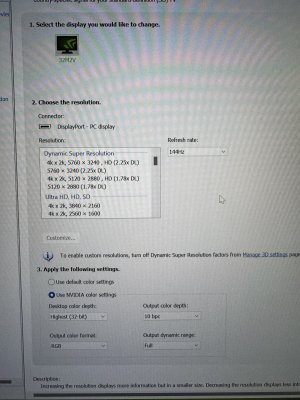This looks really good. Good stand design as well, probably wouldn't have a strong desire to have a monitor arm with this one.
I'm not sure if I will buy one though as I'd really, really like that 40-45" 5120x2160 since I already have a LG CX 48" to game on at 4K 16:9.
![[H]ard|Forum](/styles/hardforum/xenforo/logo_dark.png)
